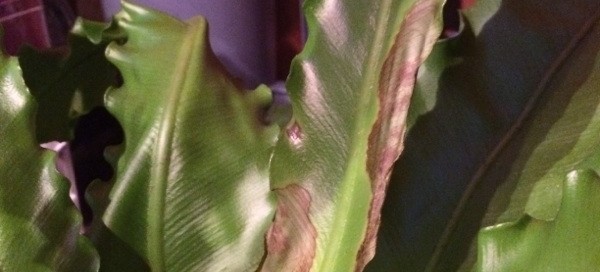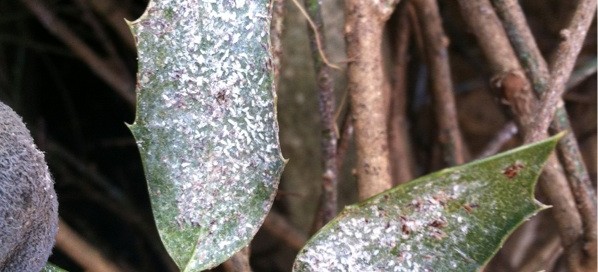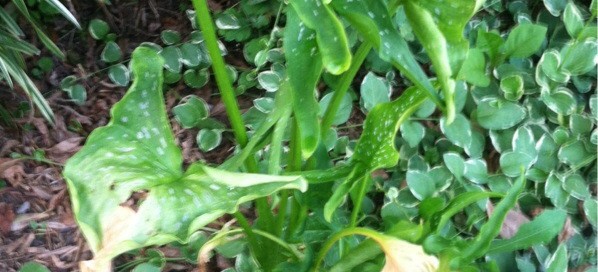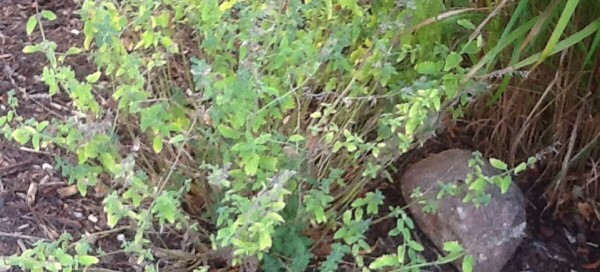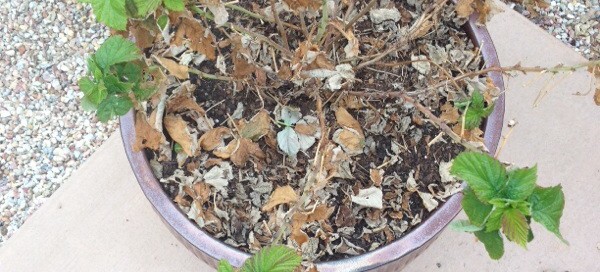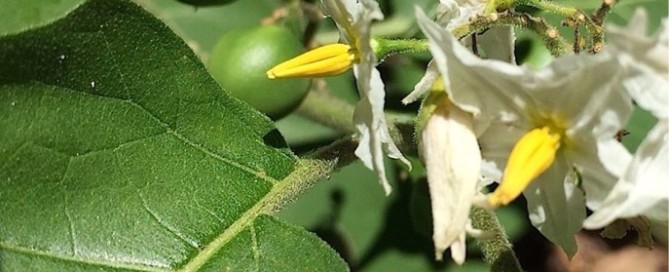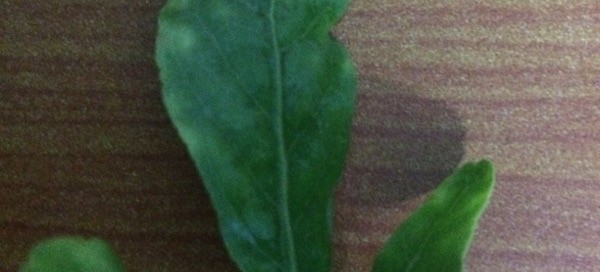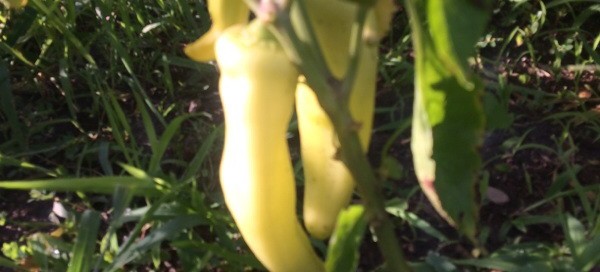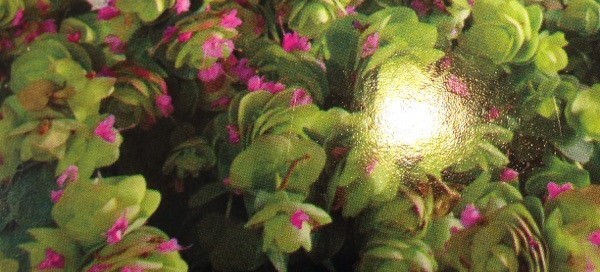Over Watering
Since you mention over-watering, its possible that the root system is weak (not enough oxygen in a wet soil) and the plant is not thriving because of this. We don't see the yellow "spots" you refer to, but yellowing can be from nutrient deficiency (which also occurs with unhealthy roots even if you keep adding fertilizer), or if you have specific spots of yellow tissue it could be caused by Thrips insects or any number of things. Make sure your plant is getting full sun for 6-8 hours per day and if in a container, you only water when the soil is dry at the depth of two or three inches. Apply enough water to get drainage from the pot. As the plant grows you'll need to water more often. See this link from the Univ of CA on "all things Tomato"
